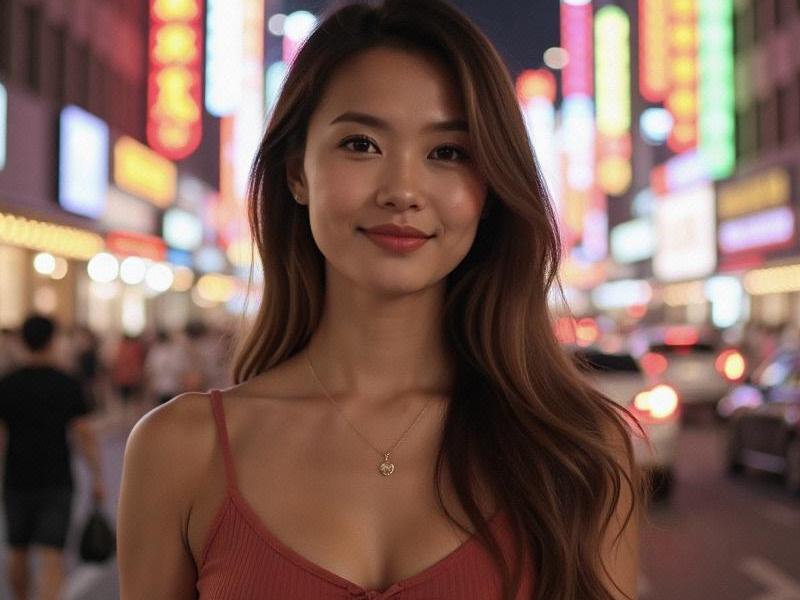This investigative report explores Shanghai's evolving entertainment venue landscape, from historic ballrooms to ultra-modern KTV palaces, examining how these spaces reflect the city's economic transformation and cultural fusion.

The glow of neon reflections on the Huangpu River tells only half the story of Shanghai's nightlife revolution. Behind the art deco facades of the Bund and the glass towers of Pudong, a new generation of entertainment venues is rewriting the rules of urban leisure, blending Chinese traditions with global influences in ways that could only happen in Shanghai.
Shanghai's entertainment industry has grown 18% annually since 2020, now contributing over 42 billion RMB to the city's night economy. The municipal government's "6+1" nightlife district plan has transformed areas like Found 158 (the "Foreigners Street") in former French Concession and the North Bund's "Light of Shanghai" complex into internationally recognized entertainment hubs. "What makes Shanghai unique is the seamless integration of entertainment into urban life," notes Dr. Zhang Wei, urban sociologist at East China Normal University. "Here, karaoke sessions close billion-dollar deals."
爱上海最新论坛 The KTV phenomenon deserves special attention. Shanghai now hosts over 3,800 karaoke venues ranging from 10-RMB-per-hour student hangouts to the opulent Party World chain where private rooms feature Swarovski crystal microphones and Dom Pérignon on tap. The premium segment has seen particular growth, with venues like One Third Shanghai offering VR karaoke booths and AI-powered vocal coaching. Industry reports show Shanghai residents spend an average of 580 RMB monthly on KTV—highest in China.
Business entertainment remains central to Shanghai's venue culture. High-end clubs like M1NT (with its shark tank and member-only policy) and the newly opened Cloud Nine in the Shanghai Tower cater to corporate clients with soundproof meeting rooms disguised as VIP lounges. "About 40% of our revenue comes from business accounts," reveals Cloud Nine's manager Liu Yang. "The Japanese salarymen still prefer hostess clubs, while Western executives lean toward mixology bars."
爱上海同城对对碰交友论坛
Cultural fusion manifests strikingly in Shanghai's entertainment scene. The resurrected Paramount Ballroom—once 1930s Shanghai's most glamorous dance hall—now offers weekly "Jazz Age" nights alongside EDM parties. Meanwhile, traditional tea houses like Huxinting have incorporated live jazz performances, creating unique hybrid experiences. This blending extends to clientele too; at popular spots like Bar Rouge, it's common to see local entrepreneurs toasting with baijiu alongside French expats sipping champagne.
上海龙凤sh419 However, challenges persist. Recent crackdowns on "extravagant spending" by officials have affected some high-end venues, while younger Shanghainese increasingly prefer intimate speakeasies over flashy clubs. The rising cost of real estate also pressures smaller operators—average rents in prime nightlife districts have increased 22% since 2023.
As Shanghai aims to become a "24-hour city" by 2030, its entertainment venues continue to evolve. The upcoming Dubai-inspired "Moonlight Resort" in Hongqiao promises to redefine luxury leisure with its combination of indoor beaches and nightclub. Meanwhile, tech-infused concepts like AI bartender bars and holographic dance floors suggest Shanghai's nightlife innovation is just beginning. In this city that never sleeps—but sometimes power naps—the entertainment revolution marches on to its own rhythm.